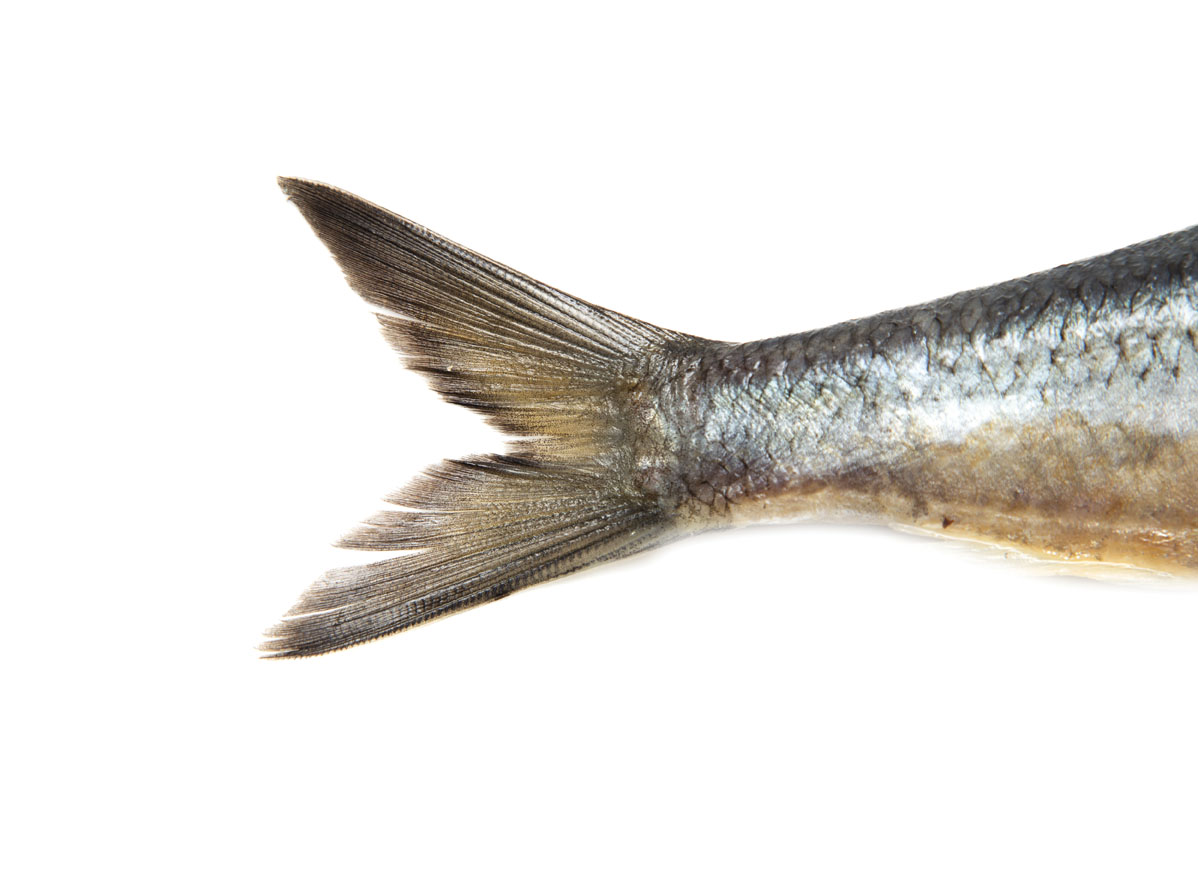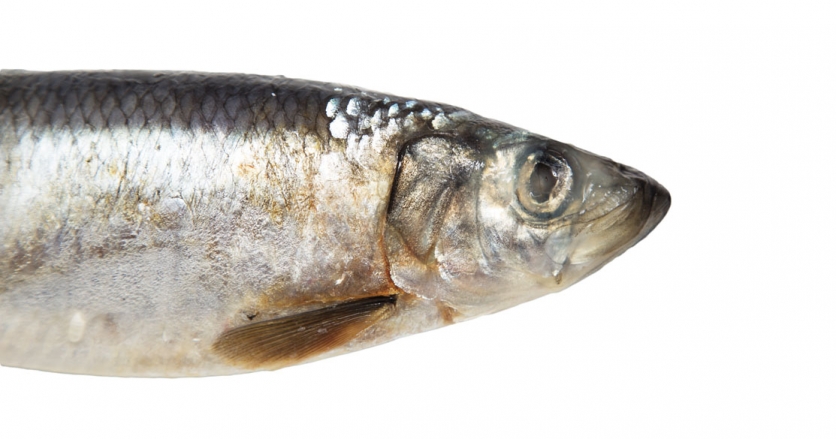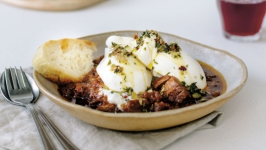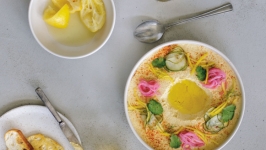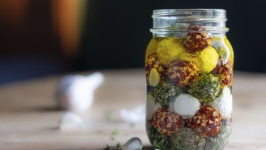Nare to Caudal
My childhood meals were buried deep in lentils, vegetables, and little salt. Cooking an animal product was absent from my mother’s kitchen routine and thereby from my diet — an Indian concept that is to date buried deep in lanes of vegetarianism. My dad, a seafood enthusiast, would often remind us that we were missing out on the little joys of life. It was advice I blatantly ignored until we landed at a beach shack in Goa, India.
Goa stretches along the coastline of the Arabian Sea and the food is heavily influenced by the Portuguese culture — it’s what Tofino is to British Columbia. The shack showcased the catch of the day on a bed of crushed ice — cuttlefish, tuna, ribbon fish, catfish, Indian mackerel, sardine, reef cod, lobster, crab, pomfret, kingfish and mangrove red snapper come to mind. The vivid colours, shapes and sizes were staggeringly beautiful and so were the seamless movements of the man behind the grill. He went in for a whole marinated pomfret secured with a banana leaf, wrapped like a birthday present, and on to the grill it went. My mind immediately raced to the banana trees that stood in my grandfather’s backyard and that sense of comforting familiarity compelled me to bring it to my table.
As I scraped the flesh from the bone for my first bite, the charred grill marks, the oils from the leaf, and the final squeeze of lemon resonated with me. Looking back at the experience now, its simplicity and authenticity won me over to the flip side.
The mindset of the early 2000s
Soon enough, I enrolled in culinary school on the east coast of the United States. My eyes were glued to the blue cutting board for my first butchery lesson. Blue boards are the designated colour for raw seafood, a practice used to avoid cross- contamination between food groups. I remember my professor saying, “If you don’t have your fish on a blue cutting board, it sure looks like you are en route to failing the class,” as I went in for my first cut.
As I glided my knife against the ridge of the spine to the tail on both sides, the fillets — considered fish gold — came apart easily. The head, spine, tail and fins were scraped and thrown into a pot with aromatics, mirepoix and topped with cold water. Within an hour, it transformed into fish stock and the strained bones would be compost. It essentially could be argued that the bones and scraps had served their purpose, but what else can be done?
Why not fish?
Around this period, the culinary world was fixated on whole-animal butchery and not on the scaly protein, despite knowing that the health benefits of fish are enormous. Restaurants were breaking down whole animal carcasses in-house rather than purchasing the pre-cut versions. It aligned with their sustainable practices and respective marketing goals. The meat was humanely raised on grass or grain. Butchers and chefs patiently aged it and skillfully carved it. It was a luxurious product that was treated right and thereby held the upper hand.
On the contrary, chefs believed they could never execute the same with fish given its lean and delicate attributes. Fish shops were seen as dingy, smelly and cold and almost everyone agreed that the same couldn’t be done with fish. With time, chefs such as Josh Niland and others got on the whole-fish wagon. Their passion and curiosity drove them to think outside of the box because using just forty to fifty per cent of the fish wasn’t acceptable. Steadily, culinary minds got on board, too, and people’s perspectives, including mine, evolved.
Sourcing and butchering
Purchasing a few fillets from the grocery store may be easier, but the joy of sourcing locally and directly from the fishmonger is rather fulfilling. Eliminating the middle men altogether, given fish’s sensitivity to perishability, makes it a clearer choice — yet some prefer the convenience. Restaurants now work with specific local fishmongers who bring them the best of the season right to their back door.
If you decide to bring it to yours, look for clear and shiny eyes, bright red gills and metallic skin, and the fish should smell briny like the ocean. Once you bring it home, keep it on ice, and consume within two days.
If you decide to break down a whole fish at home, it can be daunting for first-timers, but it’s an acquired skill that can be fruitful in the long run. A sharp knife, cutting board, fish tweezers and a wet cloth will essentially do the job. It is an art that needs to be practised over time to master, and one where patience often yields the best results.
Restaurants are pushing the limits
While it all begins with ethical and sustainable sourcing, for years chefs only used the fillets and the rest are more or less scrapped. But the ideology of using the whole fish has led many chefs to find innovative ways of using every last bit.
The fish skin can be de-scaled and dried over a two-night period and fried to make fish-skin chips, often used to garnish dishes. The scales can then be collected, blanched several times, dried, fried and dusted with seasoning. Scales can also be used to add texture to a dish.
The eyes of the fish can be liquified, combined with tapioca flour and fried to transform into a chip. They’re rich in collagen and can also be used to flavour and thicken sauces.
The collars saved while butchering can be marinated and barbecued till the flesh is soft. It’s one of the most succulent parts of the fish. Much like spareribs, chicken wings or chops, the flesh on the bone is richly flavoured by fat, gelatin and marrow.
The liver, heart, and spleen can be grilled over charcoal and served with various condiments to bring out their true taste and richness. To make fish garum, a fermented fish sauce, collect the small trimmings during butchery, such as the bones, heads and fins, and calculate their total weight. Mix the trimmings with fifty per cent water by weight, then to this total weight, twenty per cent salt is added. It all gets sealed in a jar and placed in a circular bath or sous vide at 40C. Leave it in there for seven days, stirring it once daily to bring out the umami. If you don’t have a circulator, use a sterilized Mason jar and store in a dark place stirring, everyday.
As more restaurants and home cooks pick up these practices, the marine waste will start to decline. The world in return, will be pay homage to the fish family by playing a small, yet essential, role in the sustainability of this ocean gem.


